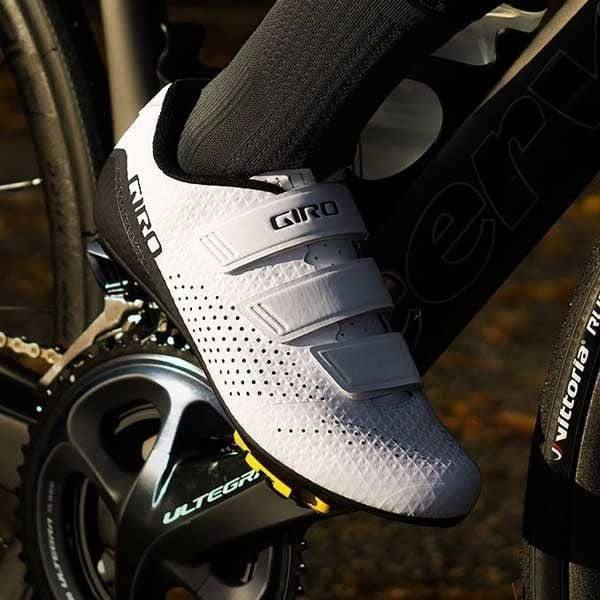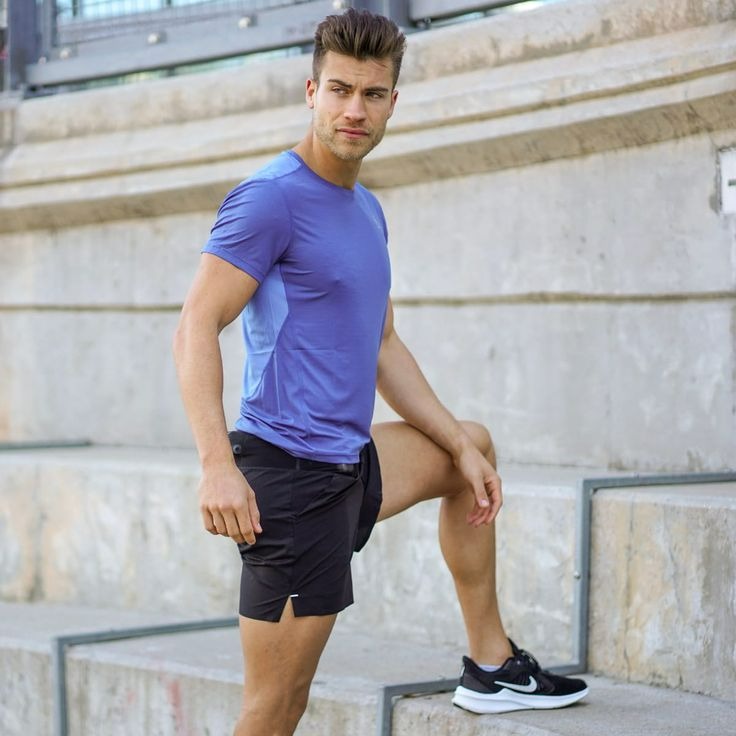Introduction
Bicycles have always captured the hearts and minds of many. Their simplicity and elegance make them perfect subjects for photography. In this article, we will delve into the different aspects of bicycle pictures. We will look at the appeal of these images, photography techniques, and the stories behind them. Through this exploration, we aim to understand why bicycle pictures resonate with so many people.
The Appeal of Bicycle Pictures
Bicycle pictures evoke a sense of freedom and adventure. There is an undeniable charm in capturing a bicycle against a stunning landscape or urban backdrop. These images can transport viewers to another place. They can almost feel the breeze and hear the wheels rolling over pavement or gravel. This emotional connection helps explain the popularity of bicycle pictures among both photographers and casual viewers.
Nostalgia and Simplicity
Bicycles often symbolize simpler times. For many, they remind them of childhood adventures. Kids ride their bikes in neighborhoods, parks, and city streets. Capturing these moments can evoke nostalgia. A photograph of a rusted bike leaning against a tree can spark memories of carefree days. It invites viewers to think back on their own experiences. This sense of nostalgia is powerful. It creates a bond between the image and the viewer.
Moreover, bicycles are often seen as symbols of sustainability. As the world becomes more aware of environmental issues, bicycles stand out as eco-friendly transportation. Pictures showcasing bikes in urban settings or beautiful landscapes can promote these ideals. They not only capture a moment but also send a message about the importance of sustainability. This blend of nostalgia and modernity makes bicycle pictures compelling.
Cultural Representation
Bicycle pictures also represent various cultures. Around the globe, bikes have different meanings and uses. In many places, they are a primary form of transport. In countries like the Netherlands or Denmark, cycling is part of everyday life. Images from these regions often showcase vibrant bike lanes filled with cyclists. They highlight community and connection. This representation is vital as it gives a glimpse into different lifestyles.
In contrast, in cities like New York, bikes can represent freedom and rebellion. The streets are bustling and crowded, and cyclists often break away from the norm. Capturing this essence through photography can tell a powerful story. It shows how bicycles allow people to navigate their environment in unique ways. Photographers can use this cultural lens to create captivating images that resonate with audiences.
Techniques for Capturing Bicycle Pictures
To take captivating bicycle pictures, you need to master certain techniques. The right techniques can transform ordinary bicycle shots into extraordinary photographs. Composition, lighting, and perspective play significant roles in this process.
Composition and Framing
It is vital in photography. It refers to how elements are arranged in a frame. A well-composed image draws the viewer’s eye and tells a story. In bicycle photography, you can experiment with various compositions. Placing the bicycle off-center can create balance and make the image more dynamic.
You can also use leading lines to guide the viewer’s gaze. A winding path or a row of trees can lead your eyes to the bicycle. Additionally, foreground elements can add depth to an image. Including flowers, people, or unique structures can create interest.
Another effective technique is the rule of thirds. Imagining a grid dividing your frame into nine equal parts helps in positioning your subject. Placing the bicycle at one of the grid’s intersections can create a pleasing effect.
Lighting: The Key to Great Photography
Lighting can make or break a photograph. The best times to shoot are during golden hours, which occur shortly after sunrise or before sunset. At these times, the light is soft and warm. It brings out colors beautifully and reduces harsh shadows.
You can also experiment with backlighting. This technique involves positioning the light source behind the bicycle. It creates silhouettes or adds a magical glow. Such images often feel ethereal and can evoke emotions.
Cloudy days can also work wonders. The clouds diffuse the sunlight, creating a soft and even light. This can enhance colors and reduce harsh contrasts. When shooting in such conditions, focus on details. Capture the textures of the bicycle, the surroundings, and the atmosphere.
Perspective Matters
Perspective is vital in photography. It can dramatically change the mood and feel of an image. Shooting from a low angle can make the bicycle look imposing and dynamic. Conversely, a high angle offers a different perspective. It can showcase the landscape or context in which the bicycle exists.
Experimenting with close-ups can also yield great results. Focus on unique bicycle details—like the handlebars, wheels, or reflections. These intimate shots can evoke emotions or tell a story on their own. They draw the viewer’s attention to the nuances often overlooked.
Using depth of field is another way to emphasize your subject. A shallow depth of field keeps the bicycle in sharp focus while blurring the background. This technique isolates the subject, making it more impactful.
Storytelling Through Bicycle Pictures
Every bicycle picture can tell a different story. The context, emotions, and settings all play a role. When you look at a bicycle photograph, consider its narrative.
Personal Journeys
Many bicycle pictures capture personal journeys. A photograph of a cyclist on a quiet road can represent solitude and reflection. Alternatively, a group of friends riding together may show camaraderie and joy. These images can highlight experiences, emotions, and personal growth.
Photographers often convey these stories through clever framing. Including hands gripping handlebars or feet pushing pedals can symbolize effort and determination. Such elements create a narrative, inviting viewers into the story.
The Environment and Backdrop
The backdrop of a bicycle picture can dramatically affect its story. A serene beach can evoke relaxation and freedom. Conversely, a busy city street can illustrate hustle and chaos. Photographers should be mindful of these environmental elements when capturing images.
Including recognizable landmarks can add layers to a story. A bike parked near a famous building tells a tale of discovery. It bridges personal experiences with wider cultural narratives. Environments can also speak to the challenges cyclists face. Pictures in rugged terrains highlight resilience. In contrast, shots taken on smooth paths can signal ease and comfort.
Emotions and Expressions
The emotions of the cyclist, whether surging with joy or contemplative, can also tell a story. Capturing these expressions requires patience. Waiting for the right moment can lead to powerful imagery. A joyful smile as someone glides downhill contrasts with a thoughtful gaze during a steep climb. These contrasts enhance the narrative.
Furthermore, juxtaposing images can tell a more extensive story. A series of photos showing a cyclist at different stages of a journey can depict the highs and lows of life. This method emphasizes the complexity of experiences. Storytelling in bicycle photography becomes multi-dimensional, engaging the viewer on many levels.
The Role of Technology in Bicycle Photography
Technology has greatly influenced photography, including bicycle images. With the rise of smartphones and digital cameras, capturing moments has never been easier. Understanding how to use technology can elevate bicycle photography.
Advancements in Camera Equipment
Digital cameras come with features that enhance photography. High-resolution sensors capture intricate details. This technology allows for large prints without losing quality. Cyclists can be captured in action, with all the details sharp and clear.
Moreover, the introduction of mirrorless cameras has transformed photography. These compact options offer superior image quality and flexibility. They allow photographers to switch lenses quickly and adapt to different settings. This adaptability is crucial when capturing the spontaneity of cycling.
Smartphone Photography
Smartphones have democratized photography. With powerful cameras at our fingertips, anyone can snap a bicycle picture. Applications like Instagram have popularized bike photography. Cyclists share their journeys globally, connecting communities.
You can use various editing apps to enhance smartphone images. This can increase saturation, adjust brightness, or add filters, creating striking visuals. The accessibility of these tools empowers everyday cyclists to document and share their experiences.
Social Media and Bicycle Communities
Social media has created thriving communities of bicycle enthusiasts. Platforms like Instagram promote sharing bicycle pictures. Seeing stunning imagery encourages people to explore cycling.
Additionally, trends such as “bikepacking” or “vintage bicycles” circulate within these communities. Photographers showcase their adventures alongside their bikes, creating engaging narratives. This interaction fosters creativity and encourages new ideas for photography.
Conclusion
Bicycle pictures are more than just images. They reflect emotions, experiences, and stories. We have explored the appeal of these photographs, photography techniques, and the narratives behind them. Through this lens, we have seen how bicycles connect people and cultures.
As you take your own bicycle pictures, remember to embrace the stories they tell. Capture the joy, the struggle, and everything in between. Let each photograph be a window into a moment in time. With every click, you create a narrative that resonates. Whether you are a seasoned photographer or a casual bike lover, bicycle imagery is a beautiful way to convey the essence of life on two wheels. Combining skill, technology, and storytelling opens the doors to endless possibilities. So, grab your camera, hop on your bike, and start capturing the road ahead. The world is waiting to be seen through your lens.





